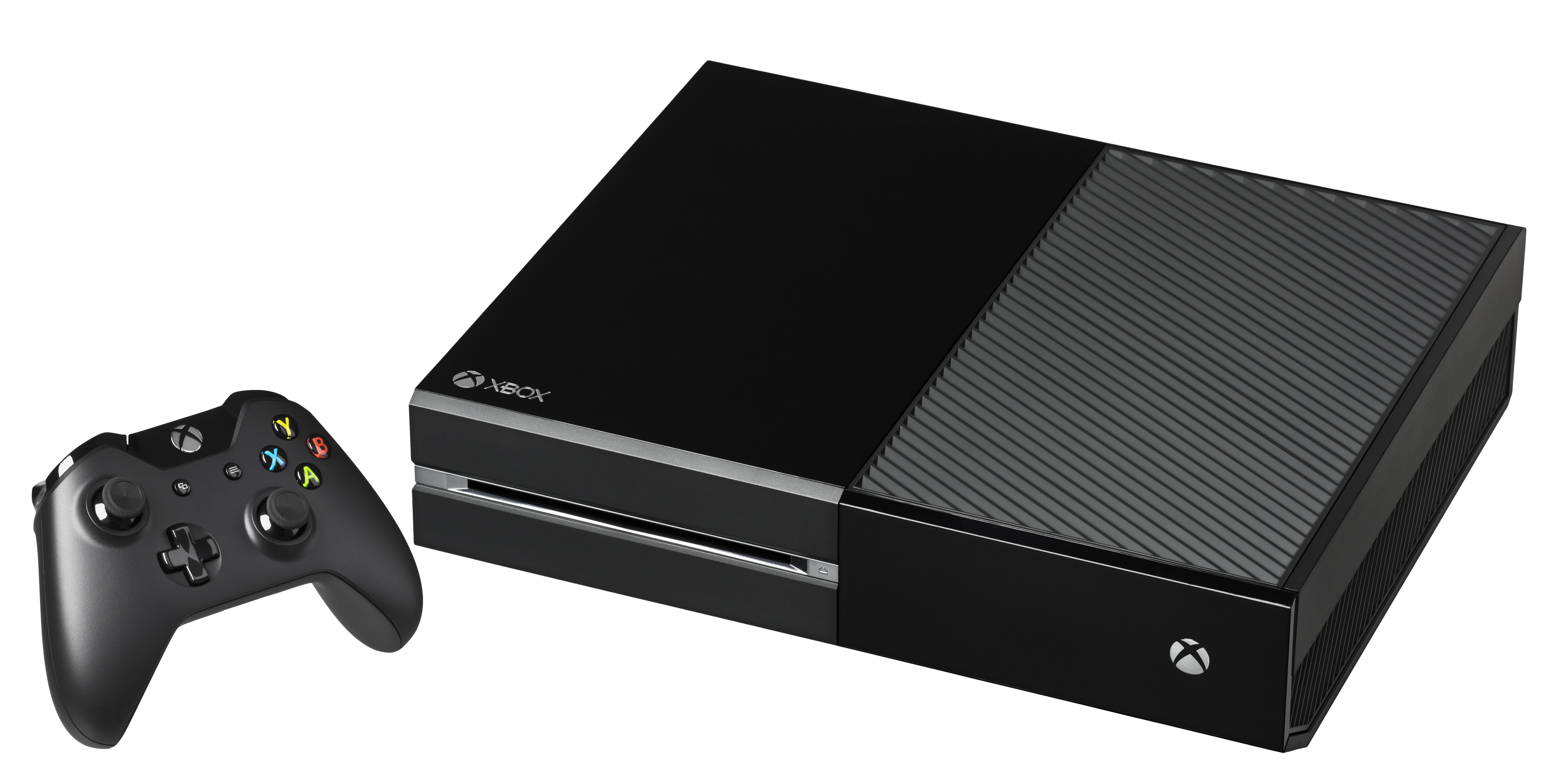
The Xbox One was Microsoft’s third home video game console, released in November 2013, as the successor to the Xbox 360. It was part of the eighth generation of video game consoles, competing directly with the Sony PlayStation 4. The console’s initial positioning as an “all-in-one entertainment system” led to a controversial launch, which Microsoft later course-corrected by refocusing on gaming.
Launch controversy
At its unveiling in May 2013, the Xbox One received heavy criticism for several features that were initially announced.
- “Always-online” requirement: Microsoft stated the console would require a daily internet check-in, making it unusable without a connection. This policy was reversed before launch after an overwhelmingly negative public and industry response.
- Digital Rights Management (DRM): The initial plan made it difficult to resell, trade, or lend physical game discs. This was also reversed following the community backlash.
- Mandatory Kinect: The console was initially bundled with an updated Kinect sensor, which critics raised privacy concerns about, and its mandatory inclusion increased the console’s price to $499, $100 more than the PlayStation 4. Microsoft later offered a Kinect-free bundle at a lower price point.
Features and design
After the initial missteps, the
Xbox One was re-positioned to compete more directly with rival consoles.
- Hardware: The console featured an AMD Accelerated Processing Unit (APU) with 8 GB of DDR3 RAM. The original model was large and designed to sit horizontally for proper ventilation.
- Backward compatibility: A major feature introduced later in the console’s lifecycle was backward compatibility for a curated list of Xbox 360 and original Xbox games, which was well-received by fans.
- Xbox Live: The Xbox Live service continued from the 360, offering online multiplayer, digital game purchases, and downloadable content.
- Controller: The Xbox One controller featured a more refined and ergonomic design than its predecessor, with textured grips and Impulse Triggers providing haptic feedback.
Console revisions
Microsoft released several hardware revisions to improve upon the original model:
- Xbox One S (2016): This redesign was 40% smaller and featured an internal power supply. It added support for 4K video playback (including Ultra HD Blu-ray discs) and High Dynamic Range (HDR) gaming.
- Xbox One X (2017): Codenamed “Project Scorpio,” this was a more powerful, premium console. It boasted 6 teraflops of graphical processing power, enabling native 4K gaming, faster load times, and improved visuals for many games.
- Xbox One S All-Digital Edition (2019): This disc-less, digital-only version was priced $50 cheaper than the standard Xbox One S to appeal to budget-conscious and digital-native consumers.
Notable games
The Xbox One built a strong library of exclusive and multi-platform titles throughout its life.
- Halo 5: Guardians and Halo: The Master Chief Collection: The long-running flagship series continued on the console.
- Forza Motorsport and Forza Horizon: The critically acclaimed racing franchises were strong system exclusives.
- Gears of War 4 and Gears 5: The third-person shooter series remained an important exclusive for the Xbox brand.
- Cuphead: A critically acclaimed indie exclusive that was a smash hit for the console.
- Sunset Overdrive: A vibrant open-world action game from Insomniac Games.